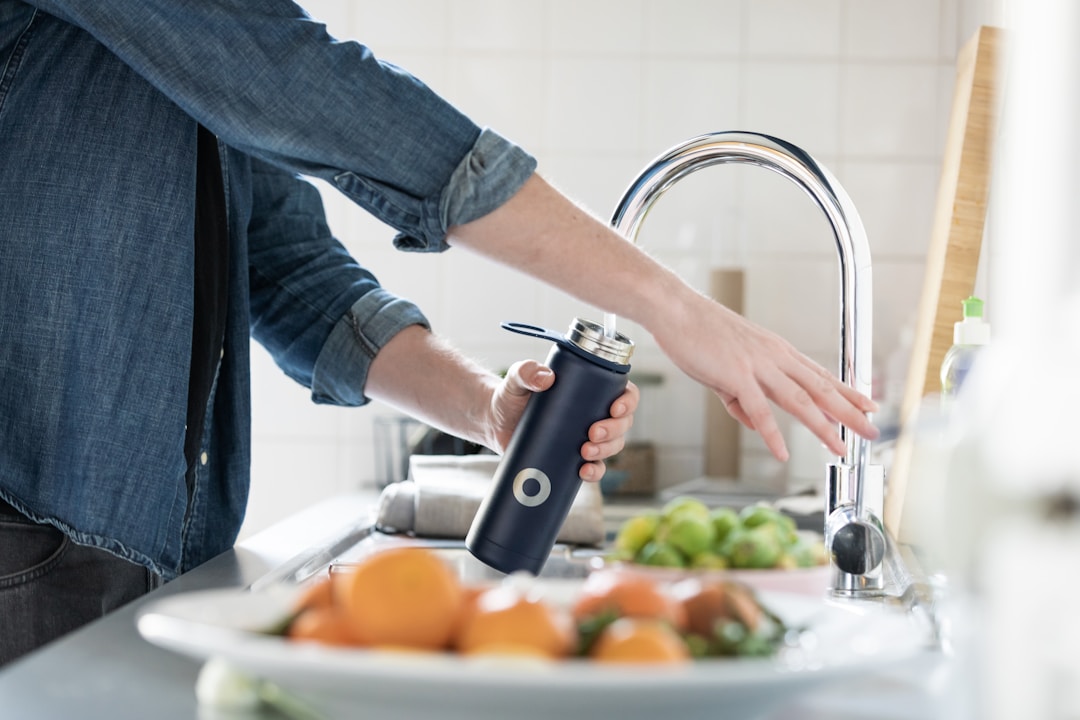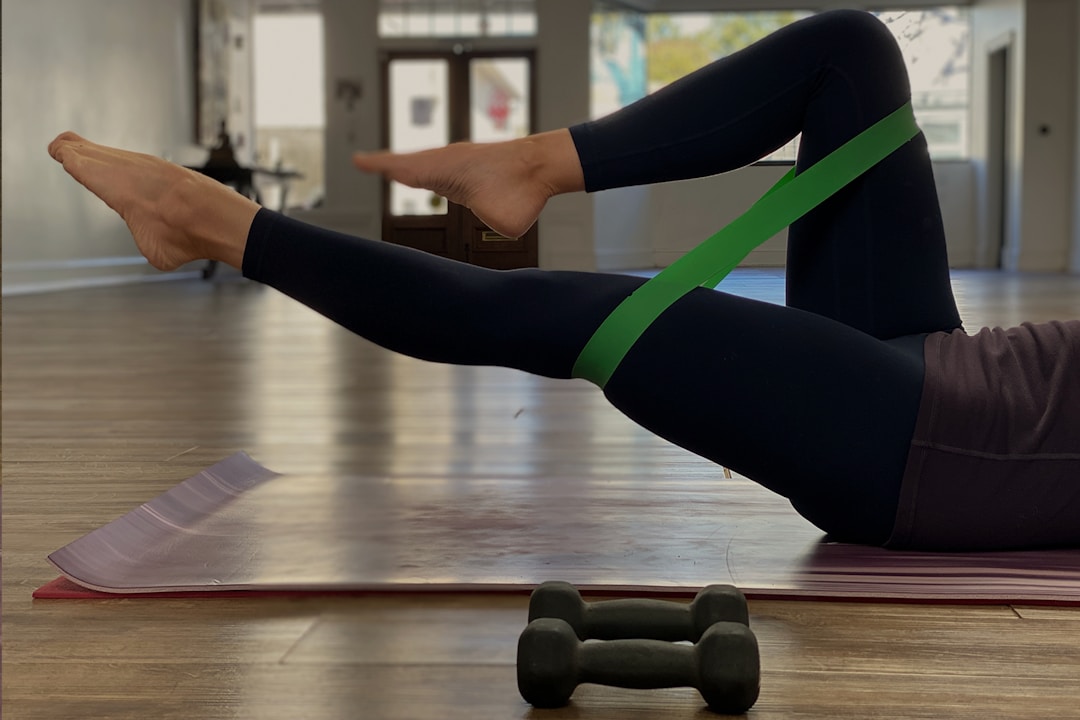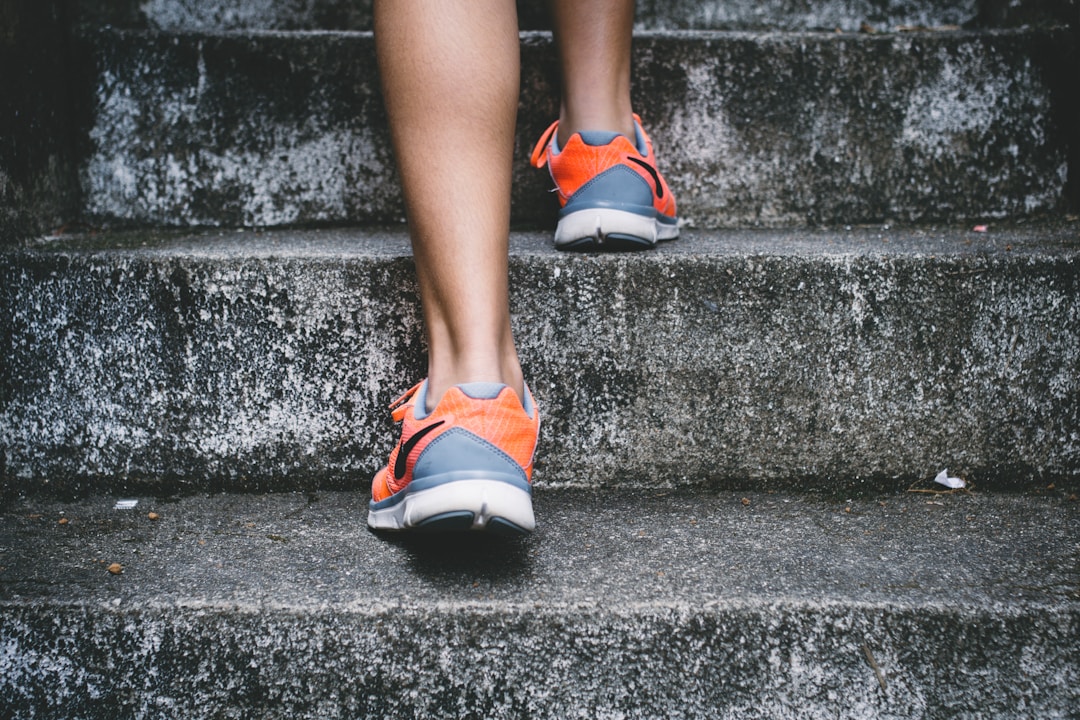The realities of the Covid-19 pandemic have forced many people to work out at home. In addition to ease and convenience, working out at home helps you save money on gym membership fees. However, it’s one thing to work out at home; it’s another to do it right. Besides the logistics involved, you still need to put a lot of thought into your safety. Not to worry, this article offers a few tips to work out at home safely.
1. Drink plenty of water.

Dehydration can cause a significant decline in your performance. That’s why drinking water is essential for efficient exercise. Regardless of your level, drinking plenty of water will help you get the most out of your exercise routine. So that you know, you lose water through breath and sweat when you’re working out. So, before you start exercising, consuming water will guarantee a smooth workout session.
Conversely, not drinking enough water will make you feel dizzy and lethargic. You can keep a water dispenser near you or store some plastic bottles in a water cooler. Better still, you can sign up for an efficient bottled water delivery service so that you don’t run out of portable drinking water.
2. Start a step aerobics routine.
Step Fitness is an up-tempo way to stay fit and get your heart pumping. The good thing is you don’t have to be in a step aerobics class to experience a well-choreographed cardio workout. You can have a great session at home—as long as you have a suitable adjustable step. Like a high-intensity cardio workout, step exercises can enhance your overall wellness, boosts your cardiovascular health, and reduces fat. More so, doing step aerobics at home can boost your energy levels and mood.
Furthermore, a good step routine is a fun way to build strength and flexibility in your core, legs, and upper body without stressing your joints. You can use the basic right and basic left moves, as well as the turn step, A-step, and the Charleston moves to create your routine.
3. Try to warm up before exercising.

It’s vital to warm up before exercising. Warming up before exercising isn’t limited to gym sessions alone. You should do warm-ups before any physical activity. They help prepare your body and mind for exercise. More so, warming up before exercising enhances your performance and reduces your risk of injury. In addition to elevating your heart rate, a good warm-up exercise will increase your respiratory rate and ensure your muscles are more pliable. It’s also worth noting that when warming up, you have to start slow. This prepares you for any vigorous activity.
4. Set aside ample time for recovery.
Repeating the same exercises day after day can lead to overtraining and injuries. Moreover, it can be daunting to balance your workout exercises without an instructor to guide you. In addition to balancing your training exercises, make sure you set aside enough time to let your muscles recover. It makes sense to give your muscles time to recover before working out again. Jogging can also help you decrease soreness and recovery time. If you still feel sore after a warm-up, your muscles haven’t recovered fully.
5. Wear appropriate footwear.

Whether you’re working out in the gym or at home, you need to wear the correct shoes to prevent injuries associated with workout routines. Good shoes can improve your overall performance and flexibility. Additionally, wearing the right shoes can cushion your feet from heavy landings. On the flip side, wearing improper workout shoes can cause injuries like ankle strains and fractures. Also, try to avoid wearing worn-out shoes to reduce the risk of sustaining injuries.


